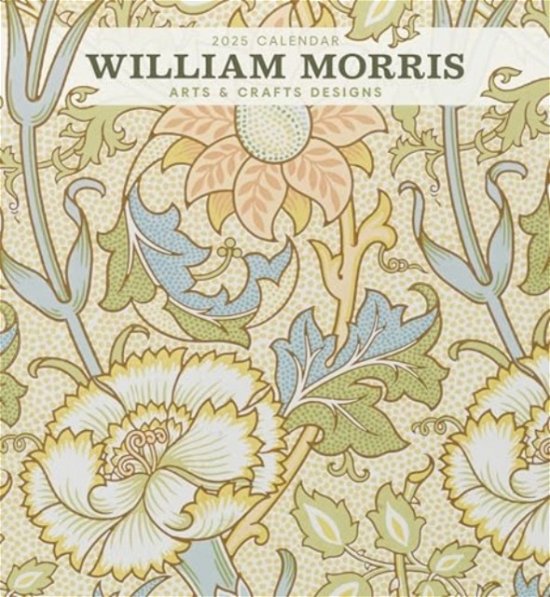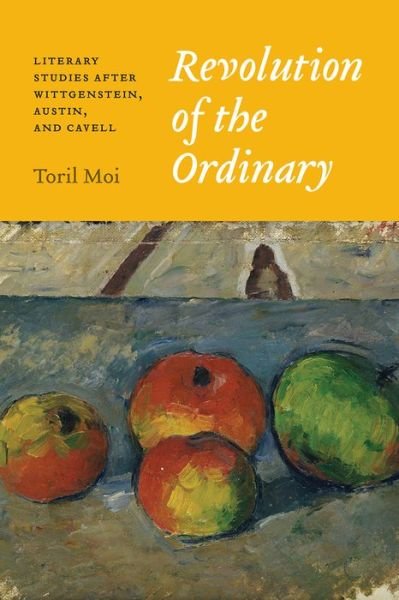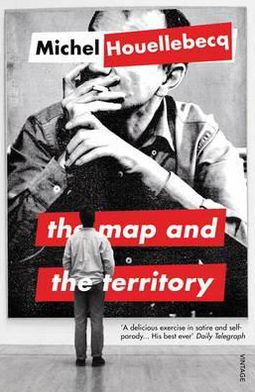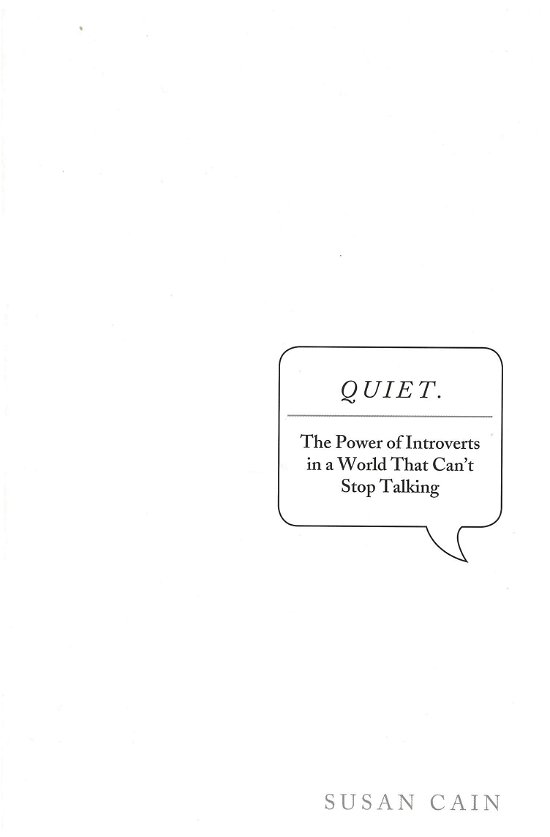
Tell your friends about this item:
The Art and Craft of Printing
William Morris
The Art and Craft of Printing
William Morris
Publisher Marketing: I began printing books with the hope of producing some which would have a definite claim to beauty, while at the same time they should be easy to read and should not dazzle the eye, or trouble the intellect of the reader by eccentricity of form in the letters. I have always been a great admirer of the calligraphy of the Middle Ages, & of the earlier printing which took its place. As to the fifteenth-century books, I had noticed that they were always beautiful by force of the mere typography, even without the added ornament, with which many of them are so lavishly supplied. And it was the essence of my undertaking to produce books which it would be a pleasure to look upon as pieces of printing and arrangement of type. Looking at my adventure from this point of view then, I found I had to consider chiefly the following things: the paper, the form of the type, the relative spacing of the letters, the words, and the lines; and lastly the position of the printed matter on the page. It was a matter of course that I should consider it necessary that the paper should be hand-made, both for the sake of durability and appearance. It would be a very false economy to stint in the quality of the paper as to price: so I had only to think about the kind of hand-made paper. On this head I came to two conclusions: 1st, that the paper must be wholly of linen (most hand-made papers are of cotton today), and must be quite 'hard, ' i. e., thoroughly well sized; and 2nd, that, though it must be 'laid' and not 'wove' (i. e., made on a mould made of obvious wires), the lines caused by the wires of the mould must not be too strong, so as to give a ribbed appearance. I found that on these points I was at one with the practice of the paper-makers of the fifteenth century; so I took as my model a Bolognese paper of about 1473. My friend Mr. Batchelor, of Little Chart, Kent, carried out my views very satisfactorily, and produced from the first the excellent paper, which I still use Contributor Bio: Morris, William William Morris (1834-1896) was an accomplished writer, textile designer and artist. A utopian socialist, he was associated with the Pre-Raphaelite Brotherhood and the English Arts and Craft Movement, and was a founding member of the Socialist League in Britain. Greatly influenced by the medieval period, Morris helped establish the modern fantasy genre though his works The Defence of Guenevere and Other Poems, A Dream of John Ball, and The Well at the World's End. Authors like J. R. R. Tolkien and C. S. Lewis were greatly influenced by works like The House of the Wolfings, The Roots of the Mountains, and The Wood Beyond the World. Morris was also an accomplished publisher, founding the Kelmscott Press in 1891, whose 1896 edition of the Works of Geoffrey Chaucer is considered a masterpiece of book design.
| Media | Books Paperback Book (Book with soft cover and glued back) |
| Released | February 18, 2012 |
| ISBN13 | 9781470101268 |
| Publishers | Createspace |
| Pages | 96 |
| Dimensions | 152 × 229 × 5 mm · 140 g |
More by William Morris
Others have also bought
See all of William Morris ( e.g. Paperback Book , Hardcover Book , Book , MERCH and Pamphlet )

 Christmas presents can be returned until 31 January
Christmas presents can be returned until 31 January



































![Cover for Fjodor Dostojevskij · Rosinantes Klassikerserie: Forbrydelse og straf (Sewn Spine Book) [3rd edition] (2010)](https://imusic.b-cdn.net/images/item/original/799/9788763814799.jpg?fjodor-dostojevskij-2010-rosinantes-klassikerserie-forbrydelse-og-straf-sewn-spine-book&class=scaled&v=1332799212)

![Cover for Thomas Mann · Klassikere med forord: Doktor Faustus (Sewn Spine Book) [4th edition] (2014)](https://imusic.b-cdn.net/images/item/original/751/9788702127751.jpg?thomas-mann-2014-klassikere-med-forord-doktor-faustus-sewn-spine-book&class=scaled&v=1411932809)
![Cover for Isak Winkel Holm · Stormløb mod grænsen (Sewn Spine Book) [1st edition] [Indbundet] (2015)](https://imusic.b-cdn.net/images/item/original/798/9788702166798.jpg?isak-winkel-holm-2015-stormloeb-mod-graensen-sewn-spine-book&class=scaled&v=1431194780)
![Cover for Marguerite Duras · Gyldendal Skala: Lol V. Steins henførelse (Bound Book) [1st edition] (2018)](https://imusic.b-cdn.net/images/item/original/650/9788702233650.jpg?marguerite-duras-2018-gyldendal-skala-lol-v-steins-henfoerelse-bound-book&class=scaled&v=1513123276)
![Cover for Olga Ravn · De ansatte (Sewn Spine Book) [1st edition] (2018)](https://imusic.b-cdn.net/images/item/original/583/9788702265583.jpg?olga-ravn-2018-de-ansatte-sewn-spine-book&class=scaled&v=1521711504)
![Cover for Yahya Hassan · Yahya Hassan 2 (Sewn Spine Book) [1st edition] (2019)](https://imusic.b-cdn.net/images/item/original/866/9788702265866.jpg?yahya-hassan-2019-yahya-hassan-2-sewn-spine-book&class=scaled&v=1573199860)
![Cover for Alice Munro · Noget jeg gerne vil sige (Sewn Spine Book) [1st edition] (2020)](https://imusic.b-cdn.net/images/item/original/281/9788702286281.jpg?alice-munro-2020-noget-jeg-gerne-vil-sige-sewn-spine-book&class=scaled&v=1576228391)
![Cover for Michel Houellebecq · Serotonin (Sewn Spine Book) [1st edition] (2019)](https://imusic.b-cdn.net/images/item/original/932/9788763860932.jpg?michel-houellebecq-2019-serotonin-sewn-spine-book&class=scaled&v=1547395608)
![Cover for Thorbjørn Egner · Thorbjørn Egner: Klatremus og de andre dyr i Hakkebakkeskoven (Bound Book) [2nd edition] [Indbundet] (1997)](https://imusic.b-cdn.net/images/item/original/710/9788701761710.jpg?thorbjoern-egner-1997-thorbjoern-egner-klatremus-og-de-andre-dyr-i-hakkebakkeskoven-bound-book&class=scaled&v=1380282443)




![Cover for Erich Auerbach · Mimesis: The Representation of Reality in Western Literature - New and Expanded Edition - Princeton Classics (Paperback Book) [Revised edition] (2013)](https://imusic.b-cdn.net/images/item/original/221/9780691160221.jpg?erich-auerbach-2013-mimesis-the-representation-of-reality-in-western-literature-new-and-expanded-edition-princeton-classics-paperback-book&class=scaled&v=1404939892)


![Cover for Thomas More · Utopia - Classics of World Literature (Paperback Book) [New edition] (1997)](https://imusic.b-cdn.net/images/item/original/740/9781853264740.jpg?thomas-more-1997-utopia-classics-of-world-literature-paperback-book&class=scaled&v=1421147591)